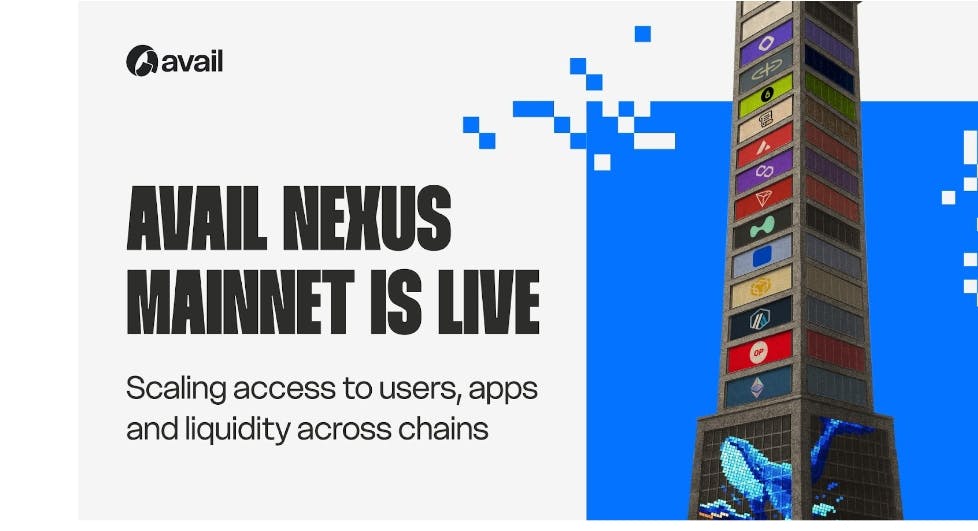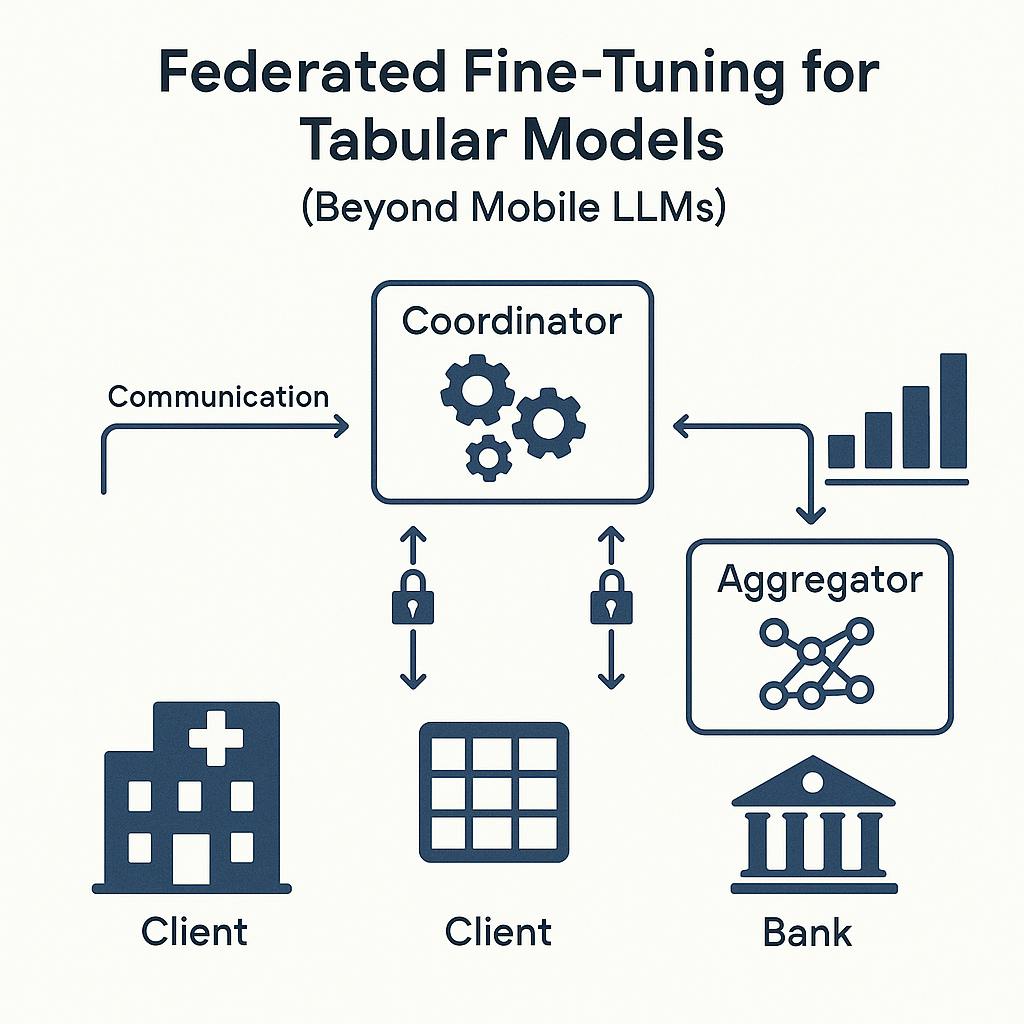Your engineering team is moving fast. You’ve got deadlines, feature requests, and a growing backlog. Somewhere in the mix, a teammate suggests, ‘Why not automate this with GPT?’
They’re right.
If you’re exploring ways to make your app smarter or your team more efficient, knowing how to use the ChatGPT API can open up many possibilities.
In this blog post, we’ll explore what it takes to integrate ChatGPT into your applications to manage projects or build one yourself. 💻
How to Use ChatGPT API for Your Applications
What Is ChatGPT API?
ChatGPT API is an application programming interface provided by OpenAI. It allows developers to integrate ChatGPT’s conversational AI capabilities based on large language models (LLMs) like GPT-3.5 and GPT-4 into their applications, products, or services.
Think of it as a bridge between your app and OpenAI’s servers. You send a structured message that tells the API who’s talking (like a user or assistant) and what they’re saying. The API reads the whole conversation and replies in context, like it’s part of the chat.
To connect, you can use official tools (like Python libraries). You’ll just need an API key to prove it’s you and keep things secure while applying software development methodologies.
Choosing the right ChatGPT model matters. Each option balances cost, speed, and context differently—so the best fit depends on whether you’re building a lightweight chatbot, a research assistant, or a real-time multimodal app. Here’s a quick side-by-side comparison to help you decide:
| Model | Context Window | Speed | Price (per 1K tokens) | Best for |
|---|---|---|---|---|
| GPT-3.5 Turbo | 16K | Fast | $0.0005 input / $0.0015 output | Lightweight apps |
| GPT-4 Turbo | 128K | Faster | $0.01 input / $0.03 output | Complex apps, large context |
| GPT-4o | 128K | Fastest | TBD (check latest pricing) | Multimodal, real-time |
How to Set Up the ChatGPT API
So, you’re ready to integrate ChatGPT into your app or workflow management tool. Great call. Here’s a guide for you to get started.
Step #1: Get your OpenAI API key
First things first, you need access. Head over to platform.openai.com. Once you sign up or log in, go to the left-hand search bar and search for API Keys. Click Create new secret key and copy it right away, as it won’t reappear.



Paste it somewhere secure (not in your code; we’ll get to that later). If you want one key for dev and another for production, you can create multiple keys.
🧠 Fun Fact: The API can use tools like web search, calculators, or even trigger code you’ve written, thanks to the function calling feature. This turns ChatGPT into an actual agent that can ‘act,’ not just chat.
Step #2: Set up your dev environment
Now, let’s get your local setup ready. We’ll use Python for this walkthrough—it’s simple and well-supported. You can also use JSON objects if you prefer.
Next, choose an integrated development environment (IDE). We’ll use Visual Studio Code on Windows as our example.
Create a virtual environment to keep your project dependencies clean.
On Windows:
python -m venv chatgpt-env
chatgpt-envScriptsactivateOn macOS/Linux:
python3 -m venv chatgpt-env
source chatgpt-env/bin/activateThen install the necessary packages:
pip install openai python-dotenv

OpenAI is the official API wrapper, and python-dotenv helps load environment variables (like your new API key) from a file so you don’t have to hard-code anything sensitive.
Step #3: Securely store your ChatGPT API key
Instead of pasting your API key directly into the script (which is dangerous!), let’s do this safely.
In your project folder, create a .env file.
OPENAI_API_KEY=your-api-key-goes-here

Paste your ChatGPT API key
If you’re using Git, add this file to your .gitignore file so you don’t accidentally upload your key to GitHub.
🧠 Fun Fact: Released in 2005, the Google Maps API let developers integrate interactive maps into websites. It became one of the most-used APIs ever, powering apps like Uber, Airbnb, and many more.
Step #4: Write a basic script to talk to ChatGPT
Let’s connect everything and send a message to the model.
import openai
from dotenv import load_dotenv
import os
# Load the API key from .env
load_dotenv()
api_key = os.getenv("OPENAI_API_KEY")
# Set the key
openai.api_key = api_key
# Your message setup
messages = [
{"role": "system", "content": "You are a helpful assistant."},
{"role": "user", "content": "Can you explain how the ChatGPT API works?"}
]
# Send request
response = openai.ChatCompletion.create(
model="gpt-3.5-turbo", # or "gpt-4", "gpt-4o", etc.
messages=messages,
max_tokens=150,
temperature=0.7
)
# Print the reply
print(response['choices'][0]['message']['content'])This does a few things, like loading your API key securely, sending a message to the model (as if you’re in a chat), and printing the response.
Step #5: Tweak the parameters to fit your use case
The fun part is playing with how the model behaves. You can adjust a few key things:
- model: Choose which version of ChatGPT you want to use (e.g., gpt-3.5-turbo, gpt-4o)
- temperature: Controls how random or creative the output is. Lower = more focused, higher = more free-flowing
- max_tokens: Sets how long the response can be
- messages: The core of the conversation. You can keep adding messages here to simulate an ongoing chat
Step #6: Handle the API response
The actual reply lives at:
response['choices'][0]['message']['content']From here, you can:
- Show it to your users
- Save it in a database
- Feed it into another part of your app
- Or even reprocess it with another API call
The response format is predictable and easy to work with, making it flexible for many different use cases.
🔍 Did You Know? When it launched, the ChatGPT API was 10 times cheaper than the original GPT-3 Davinci model. This made powerful AI more accessible than ever for startups, hobbyists, and enterprises.
A quick recap
| Step | What you’re doing |
| Register and get the key | Log in to OpenAI, generate your API key |
| Set up the environment | Create a Python project with a virtual env and install libraries |
| Store API key | Use the .env file to keep the key safe |
| Write the script | Use openai.ChatCompletion.create() to send messages |
| Customize | Change model, token limits, and creativity settings |
| Use the response | Print, store, or plug into your app logic |
Advanced Features of the ChatGPT API
Understanding how ChatGPT works will help you use its advanced features to build smart, interactive, and even multimodal applications.
Here are some capabilities that give it an edge. 🎯
- Multimodal natural language inputs and output: It supports text, voice, and image inputs, so your apps can handle spoken commands, understand pictures, and respond with spoken replies in real time using Advanced Voice Mode
- Real-time responses: With the new Realtime API and Turbo mode, responses are faster and more fluid, great for live chats or customer support
- Large context window: GPT-4 Turbo can work with up to 128,000 tokens at once, meaning it remembers more context without losing track
- Agent-like functionality: The Assistants API enables you to create AI agents that run code, fetch info from documents, and even call external APIs to complete tasks
- Deep research: Web browsing capabilities let your app look up current info, pull facts from the internet, and generate detailed answers
🔍 Did You Know? Unlike the ChatGPT app, the API doesn’t have memory (unless you build it in). You have to provide the full conversation history with each call to remain contextually relevant.
Best Practices When Using ChatGPT API
To get the most out of the ChatGPT API, you must know how to build it. From effective prompts to managing security and user experience, here are some best practices to make API integration faster and more reliable. ⚓
- Clear and specific prompts: Be as detailed as possible, include the audience, tone, and goals. The clearer your prompt, the better your response
- Keep it efficient: Consider batching requests and reusing sessions when you can. You should always use the latest model to save tokens and speed things up
- Build for hiccups: Add solid error handling, such as retries for timeouts, backups for rate limits, and safeguards for odd responses
- Protect your keys and data: Avoid hard-coding API keys; don’t send personal or sensitive info, and if needed, anonymize inputs and outputs
- Test like it’s live: Try different scenarios before launch to ensure your app behaves as you expect it to across real-world use cases
- Keep improving: Watch how users interact, gather feedback, and fine-tune your prompts and setup regularly to get better results over time
Use Cases for ChatGPT API
So, what can you do with the ChatGPT API? A lot. This API is being used across industries to save time, boost productivity, and enhance user engagement.
Here are some of the most impactful ChatGPT example use cases. ⛏️
- Content creation: Need blogs, product descriptions, social posts, or marketing emails? The API generates human-like text fast, with no burnout or writer’s block
- Customer support: Power chatbots or virtual assistants to handle FAQs, troubleshoot issues, and offer 24/7 help, cutting costs while keeping users happy
- Built-in translation and multilingual support: Break language barriers by translating messages or conversations in real time, great for global teams and international users
- Smart educational tools: Use the API to build AI tutors or learning platforms that deliver personalized lessons, explain complex topics, and even facilitate language practice
- Workflow and data entry automation: Let AI take over the boring stuff, like form filling, data entry, and other repetitive tasks, so your team can focus on work that matters
- Smarter internal search: Help your team find the info they need faster, making company knowledge bases searchable via natural language
🧠 Fun Fact: In the early 2000s, Jeff Bezos famously issued a company-wide mandate: all teams must expose their data and functionality through APIs. This led to Amazon Web Services (AWS), which now powers much of the modern web.
ChatGPT API Pricing
Limitations of ChatGPT API
As powerful as it is, the ChatGPT API does have its limits. Understanding where it falls short can help you turn to ChatGPT alternatives or set the right expectations and design around its constraints effectively. Let’s take a look. 👀
- Outdated information access: The API doesn’t know about events after its training cutoff (e.g., April 2024 for GPT-4). No live internet access means it can’t fetch current info or breaking news
- No built-in web or file tools: Unlike ChatGPT Plus, the base API can’t browse the web, understand images, or handle file uploads—unless you use the more advanced (and pricier) Assistants API
- Usage caps: You’re limited by request and token counts, depending on your subscription level. It also can’t handle massive prompts or super-long replies in one go
- Inaccuracies and bias: Sometimes it ‘hallucinates’ info or reflects bias from its training data. You’ll need to fact-check and possibly fine-tune for sensitive topics
- Challenges with context: It can struggle with coherence or flow in lengthy responses unless you break the task into smaller pieces
- Limited multilingual and topic support: The API works best in English and on common subjects. Accuracy may drop with rare languages or niche domains
Best Alternative to ChatGPT API
If you’re exploring how to use the ChatGPT API, chances are you’re building something custom, automating tasks, creating more intelligent workflows, or integrating AI into your product.
However, what if your project needs more than just conversations?
Turn to , the everything app for work. 💻
The productivity tool for developers offers the API, a robust developer platform designed to run your workflows.
It gives you more control over your systems, teams, and tasks. It’s like the ChatGPT API but with actual operations baked in.
Make your command center
With ’s Rest API, you can create tasks, update projects, manage users, automate checklists, and more. It’s like wiring your app directly into your business’s productivity core.
Here’s what you can do:
- Automatically create tasks from form submissions
- Update workspaces based on user actions in another tool
- Sync data across platforms without manual effort
Do you need to keep data secure and permissions in check? uses OAuth 2.0, so you can control exactly who gets access to what and integrate safely with other platforms. You’re not just passing around an API key and hoping for the best.
Plus, you can automate things as they happen! Its webhooks let you listen in real time. For instance, when a task is completed, the platform directly triggers a message. Has a new comment been added? Sync it to your CRM.


Want to build clear guides, real code samples, and many examples? Its developer portal walks you through everything from basic authentication to building full-blown apps.
Unlike tools that keep things closed off or limited, leans into openness. Their Open API approach means you can bend the platform to your workflow, not vice versa.
Getting started is simple. Create a free account and workspace, head to your developer portal, and register your app. Explore the API docs and test calls with tools like Postman. Start building automations, integrations, dashboards, whatever you need.
🔍 Did You Know? The U.S. government’s open data portal includes APIs for aviation incidents and sightings. Combine that with geolocation and build your own X-Files dashboard.
Use cases of the API
Some things you can build with the API:
- Automatically spin up tasks from customer feedback forms
- Create custom dashboards to track project health
- Sync updates between and tools like HubSpot, Jira, or Google Sheets
- Trigger automated workflows when task statuses change
🧠 Fun Fact: Developers sneak jokes into their API documentation. For example:
- The Spotify API used to return music-themed HTTP status codes (like 429 Too Many Requests = Slow down, rockstar)
- The GitHub API has an endpoint for Octocat ASCII art
(A)PI-ck For Smart Workflows
The ChatGPT API gives you tools to turn ideas into applications if you’re building smarter support bots, AI-powered content tools, or personalized learning assistants.
However, you’ll want a workspace to keep up with this power.
That’s where comes in. With built-in automation, AI integrations (yes, even ChatGPT!), and customizable views, makes it easy to manage your projects while your API-powered tools do the talking.
Sign up to for free today! ✅
Frequently Asked Questions
Can I use the ChatGPT API for free?
No, but OpenAI sometimes offers free trial credits for new accounts.
How is the ChatGPT API different from the ChatGPT app?
The app has memory and browsing (with Plus), while the API requires you to provide a complete call history.
What’s the difference between GPT-4 Turbo and GPT-4o?
GPT-4o is optimized for multimodal inputs (text, voice, image) with faster real-time responses.


Everything you need to stay organized and get work done.














